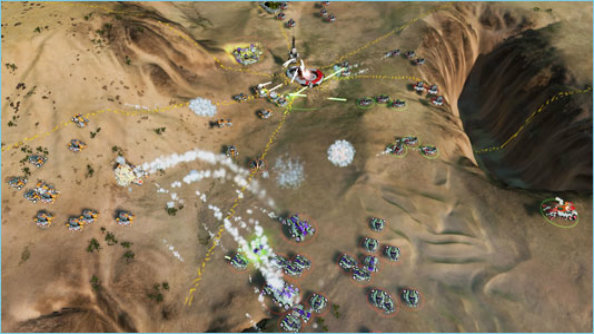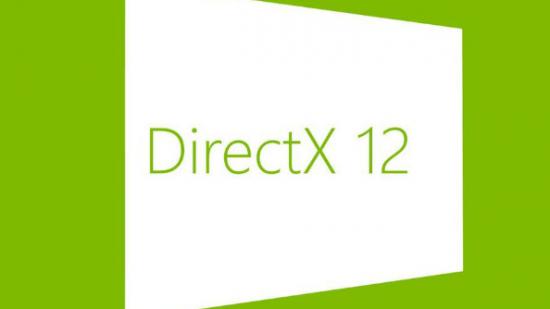DirectX 12 is a big deal for developers and gamers alike, representing the biggest step forward for the API since DirectX 10 back in dusty old 2006. One of the most interesting features for everyone on the gaming side is Multi Display Adapter, which lets you mix up different models of GPU without connecting them together with an SLI/Crossfire cable. In fact, you can even combine NVIDIA and AMD hardware, and that’s a really big deal given their different architectural approaches to the API. Over at AnandTech they just tested out Multiadapter in a new build of Ashes of the Singularity, and the results show clear performance benefits of mixing red and green silicon together.
Passionate about PC hardware? Check out our best gaming headsets.
Multi-GPU Explicit Multi-Adapter ( simply Multi Display Adapter to its friends) is only supported by games whose engines are specifically tailored to do so, so it’s not like you can install an NVIDIA GTX 980 ti and an AMD R9 Fury and expect every game to play ball with your hybrid setup right away.
However, Ashes of the Singularity developer Oxide just released a special build of their game that does support Multi Display Adapter, allowing some good insight into how you can expect supported games to utilise mixed GPU setups via Anandtech’s findings. Both the game itself and its Multi Display Adapter support are in a pre-alpha state so the performance data shouldn’t be taken as gospel, but they’re at least a peek at what’s to come.
Anandtech usedNVIDIA’s GeForce GTX Titan X and GTX 980 Ti, alongside AMD’s Radeon R9 Fury X and R9 Fury for their testing, on a machine that also includes 32GB DDR3 RAM at 1866MHz and anIntel Core i7-4960X @ 4.2GHz. They also ran the tests using older NVIDIAGeForce GTX 680 and AMD Radeon HD 7970 cards, to see how aging GPU samples deal with the Multi Display Adapter feature.
The results are quite unexpected – mixed multi-GPU setups performed better than two cards from the same manufacturer. With the game running at 2560 x 1400, the top performing pair was theR9 Fury X and GTX 980 Ti, posting 70.8 FPS, with AMD’s card operating as the primary GPU.

The second best performance came from the two AMD cards together, the R9 Fury X and R9 Fury, posting 67.1 FPS. Anandtech also note that there was a1.4 FPS (2 percent) difference in favour of using the AMD card as the primary GPU rather than the NVIDIA.
Mixed GPU setups also offered the best performance gains over a single card. Adding a GTX 980 ti to the R9 Fury X gave a 75% performance increase, whereas a dual-AMD configuration only offered a 66% increase over a single AMD card. Performance gains were slimmer when using NVIDIA’s GTX 980 ti as the primary card, with the R9 Fury X adding 64% more performance, and two NVIDIA cards together increasing perforamnce by just 46%.
If these results paint a picture of a gaming landscape in which it becomes de rigeur to slap in any old graphics cards and expect your games to run faster accordingly, Anandtech offers a word of warning, pointing out that GPU performance in a Multi Display Adapter environment comes down to game developers rather than hardware developers, and the former don’t have any vested intrest in selling multiple GPUs. The story goes on to suggest that even if they’re willing, not every game developer has the technical nous to yield good performance results from Multi Display Adapter.
Thanks, Anandtech.
